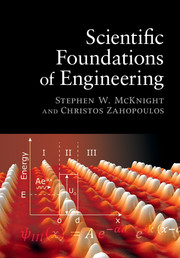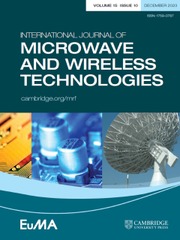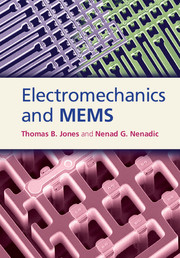Electromechanics of Particles
Small particles in the size range from one micron to one millimetre are increasingly important in today's technological world. They serve as workhorses in many mechanisms and devices - from electrostatic copiers to fluidised beds. A more recent development involves the characterisation and manipulation of individual cells and DNA molecules. Particulates can also be a hazard, for example, particulate pollution. Because all particles have electrical and magnetic properties associated with their shape and the materials of which they are constituted, they experience forces and torques when subjected to electric and/or magnetic fields. This book offers a lucid account of the electromechanical interactions that govern the behaviour of particles when an electric or magnetic field is present. With numerous real-world examples, the book should interest a wide range of scientists and engineers.
- Definitive treatment of topic - first since Pohl's Dielectrophoresis (CUP, 1978, now OP)
- Examples taken from important and/or emerging technologies
- Author is well known and highly regarded investigator
Reviews & endorsements
"A definitive account...of the electromechanical interactions that govern the behavior of single particles and aggregates of particles..."
Mechanical Engineering
Product details
September 2005Paperback
9780521019101
288 pages
229 × 153 × 18 mm
0.437kg
104 b/w illus. 12 tables
Available
Table of Contents
- Introduction
- Fundamentals
- Dielectrophoresis and magnetophoresis
- Particle rotation
- Orientation of non-spherical particles
- Theory of particle chains
- Force interactions between particles
- Appendices.







